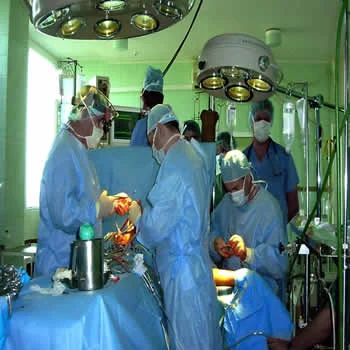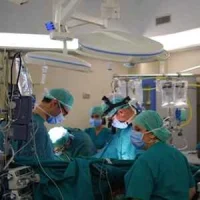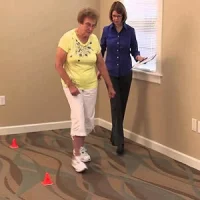According to a study published in JAMA, the use of remote ischaemic preconditioning reduced the rate of kidney injury and the need for dialysis after cardiac surgery in high-risk patients. The study will be presented at the 52nd European Renal Association/European Dialysis and Transplant Association Congress.
The procedure is performed to help protect organs against tissue damage that can occur when normal blood flow is returned to a tissue that is temporarily deprived of oxygen such as during cardiac surgery. It is usually performed before surgery. Approximately 30 percent of patients develop acute kidney injury after cardiac surgery. Currently, there are no interventions that are known to reduce this risk. Previous studies that evaluated remote ischaemic preconditioning have shown conflicting results.
During this study, Alexander Zarbock, MD, of the University Hospital Munster, Germany, and colleagues randomly assigned 240 cardiac surgery patients at high risk for acute kidney injury across four hospitals in Germany to receive either remote ischemic preconditioning or sham remote ischemic preconditioning both via blood pressure cuff inflation.
The findings show that 37.5 percent in the remote ischaemic preconditioning group developed acute kidney injury within 72 hours after surgery as compared to 52.5 percent in the control group. There was a 12.5 percent incidence of moderate and severe acute kidney injury cases in the remote ischaemic preconditioning group as compared to 25.8 percent in the control group. Renal replacement therapy was used in 5.8 percent cases in the remote ischaemic preconditioning group as compared to 15.8 percent in the control group and length of ICU stay was 3 days in the remote ischaemic preconditioning group versus 4 days in the control group. No significant effect of the procedure was observed on heart attack, stroke or death. No adverse events were reported either.
“The observed reduction in the rate of acute kidney injury and the need for renal replacement warrant further investigation,” the authors write.
In an accompanying editorial, Jenny Szu-Chin Pan, MD, and David Sheikh-Hamad, MD, of the Baylor College of Medicine, Houston also highlight that therapeutic strategies to protect against ischaemic kidney injury are lacking. This study offers a novel, inexpensive and noninvasive intervention that has the potential to reduce the occurrence and severity of acute kidney injury. There is however, a need for more studies to determine whether a longer duration of limb ischaemia or earlier induction of RIPC confers better renoprotection.
The authors state, “While remote kidney/cardiac preconditioning after limb muscle ischaemia may differ from the changes observed in the heart after kidney ischaemia, effects of repeated limb ischaemia with RIPC are not known and clinicians should be mindful of potential harms before adopting this approach widely.”
Source: JAMA
Image Credit: Wikimedia Commons










